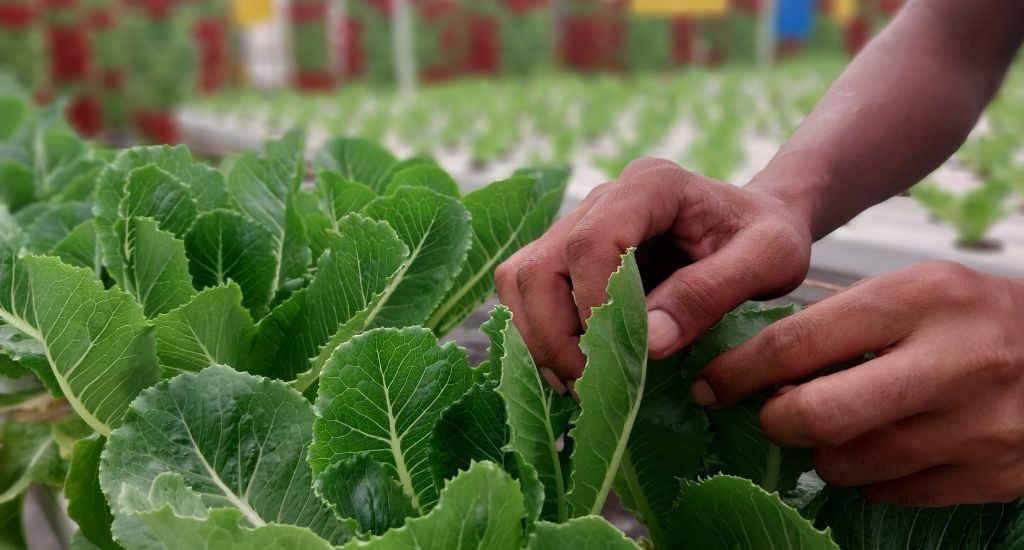
Soilless agriculture takes root in Haryana
Farmers in Haryana, aided by a government subsidy, are slowly taking to hydroponics to grow exotic vegetables and leafy greens under controlled temperature in poly houses.

Farmers in Haryana, aided by a government subsidy, are slowly taking to hydroponics to grow exotic vegetables and leafy greens under controlled temperature in poly houses.
Archit Singhal’s twin poly houses on 1.25 acres are a riot of colours. Red and yellow bell peppers, luscious orange candy tomatoes and tangerine banana peppers are peeping amidst green leaves on a rain-washed afternoon.
Singhal, who is in his early twenties, has been growing these vegetables through hydroponics for the past two years.
“My father, Sanjay Singhal, immersed himself into hydroponics after three years of research. I am now looking after the farm operations with the help of a team,” he said.
Hydroponics is a technique that uses water-based nutrients to grow crops without the medium of soil.
In conventional agriculture, plants are grown in soil, through which they absorb water and nutrients. But in hydroponics, the plants are grown in a soilless medium and the nutrients that the plants need are supplied through water.
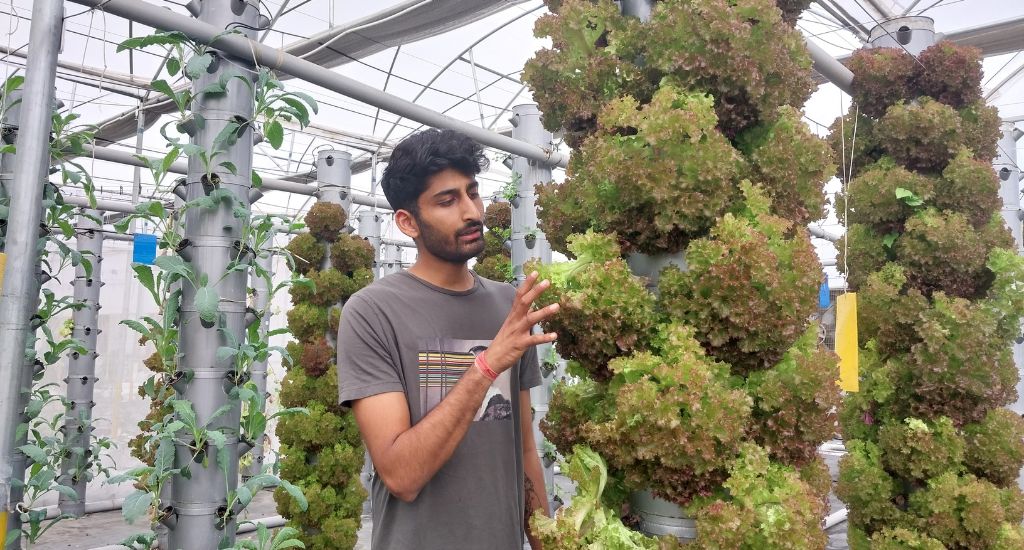
On Singhal’s farm, the saplings are first grown in flat trays in a nursery, in a medium of cocopeat – the fibre obtained by crushing coconut husk. After a month in the nursery, they are transferred to grow bags containing cocopeat. Water soluble nutrients are supplied to the plants in the grow bags through a drip system.
Through hydroponics, plants such as romaine, parsley and thyme can be grown throughout the year under controlled temperature.
“When these exotic vegetables are imported from cooler climatic regions and sold in Delhi-NCR, the cost increases due to transportation. That is why developing a farm in Tikli village, about 22 km from Gurugram, seemed perfect,” says Singhal. He underwent online training and visited other farms to learn the tricks of the trade.
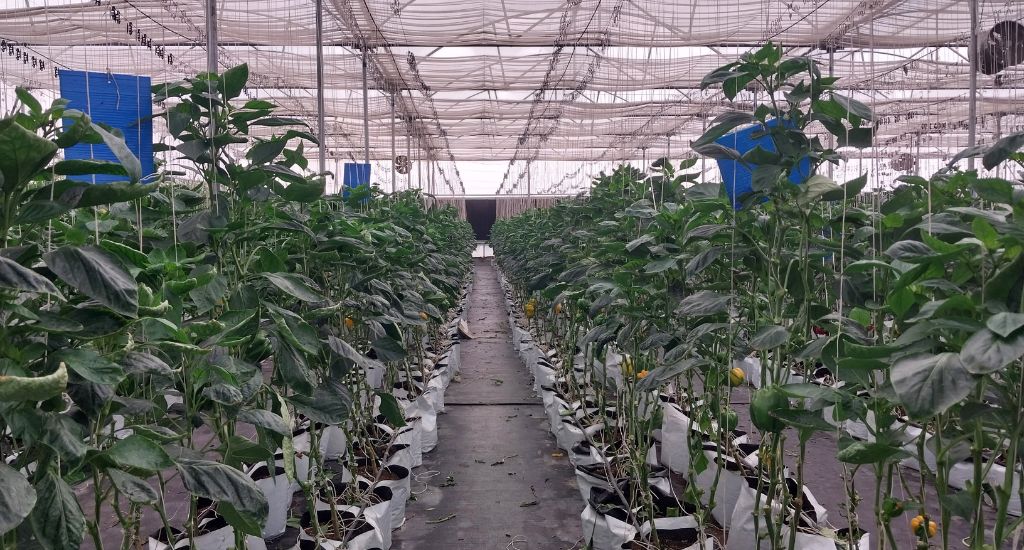
Ordering greenhouse sheets, galvanised iron pipes, cocopeat, cooling pads and circulation as well as exhaust fans, and then setting up the poly houses took him a few months. He started it with an investment of Rs 3 crore.
The horticulture department of Haryana gives 35 percent subsidy on the total cost incurred on a hydroponics unit. One unit costs Rs 1.38 crore on an average, says district horticulture officer Neha Yadav.
For farmer Jayant Yadav, who set up a unit in Manesar a year back to grow lettuce, the cost stood at Rs 50 lakh for a unit measuring 1,000 square feet.
Singhal, however, didn’t get the subsidy as he didn’t know about it. His business is yet to make profit from the farm. The ancestral family business has helped him in this regard.
Also Read | ‘Soilless’ farming bears fruit for Odisha women farmers
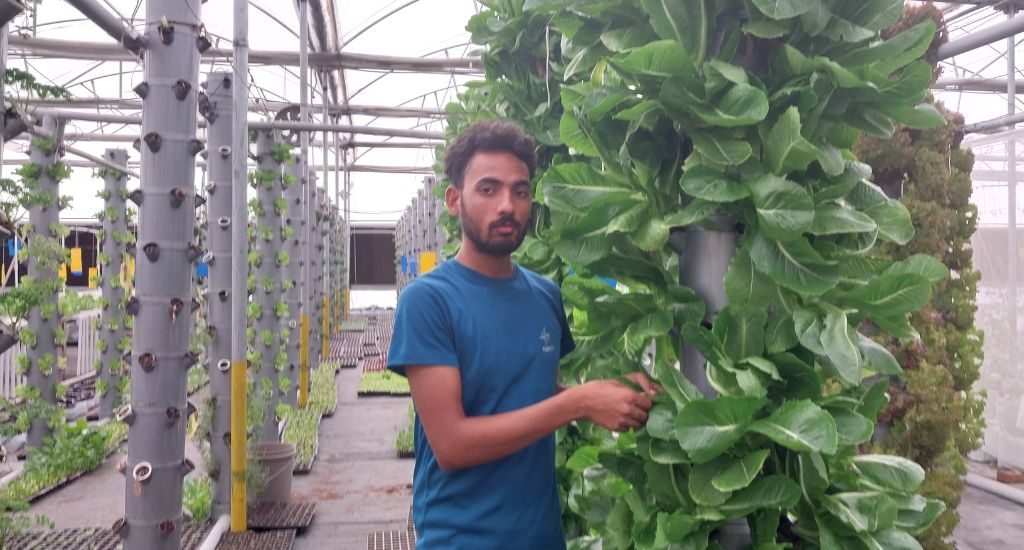
“The cost of production is high due to energy consumption. The monthly power bill stands at Rs 1.5 lakh as fans are switched on throughout the day. We have 32 fans in total,” he said.
Singhal’s customer base includes about 100 residents of his colony in Gurugram who place orders via a mobile app. The rest of the produce gets sold in the market.
However, agronomist Suraj Verma, who works at Singhal’s farm, says that selling the vegetables is a challenge as prices are high. The market is also not ready for hydroponically grown items. For instance, the bell pepper yield has been good this time and the produce could fetch Rs 80-90 per kg. But sometimes it gets as low as Rs 50.
“Consumers are unaware of the benefits and are not sure whether to consume such products or not,” Verma said, adding that in hydroponics the harvest is quicker than that in normal production and yields 10-20 percent more.
Despite challenges, enthusiasts are experimenting with hydroponics. Ashutosh Thapliyal, the chief operating officer and senior agronomist of Dehradun-based Ind Hydro, a company that provides solutions for hydroponics across India, says this system uses less water.
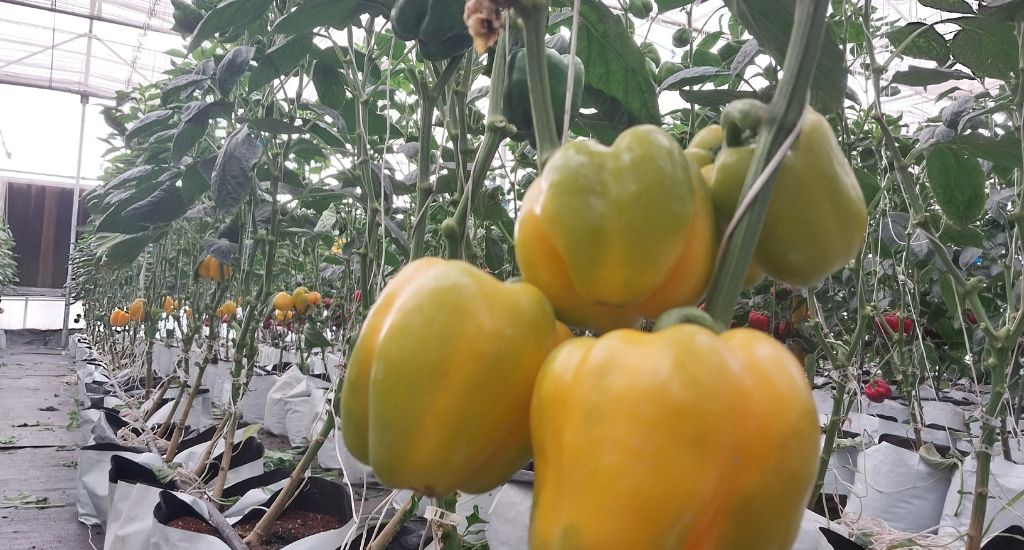
In conventional farming, growing a crop in an acre requires about 10 lakh litres of water from sowing to harvesting. But in hydroponics the same volume of water can be used for a year.
“Farmers in India can grow only three crops a year, but in hydroponics they can grow up to 10. Hydroponics is viable only for short duration crops which can grow in three to four months,” said Thapliyal. He is conducting research on growing passion fruit, musk melon and cherry through hydroponics.
According to Thapliyal, currently commercial crops with market demand like Lollo Rosso lettuce, green lettuce, bionda lettuce, oregano, mint, basil, zucchini and Naga viper pepper are being grown.
Proponents of hydroponics argue that it creates sustainable food systems by eliminating pesticides harmful for the environment and human health.
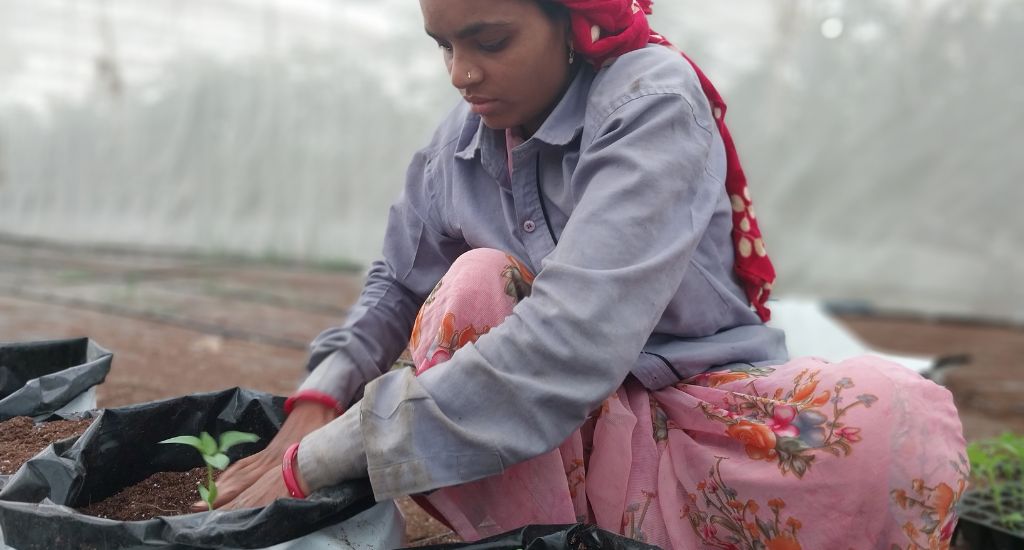
In the midst of the hype surrounding hydroponics, Punjab-based food and trade policy expert Devinder Sharma pointed out that the argument that there is dearth of land and so farmers should go for vertical farming (hydroponics) hasn’t been studied well.
“We need to know the energy consumption in vertical farming systems and whether it will add to more greenhouse gas emissions. Hydroponics is a business proposition for city-based people and is part of peri-urban agriculture,” Sharma said.
“Globally there is a push towards vertical farming under agricultural revolution 4.0 in which requires less land,” he added.
The lead image at the top shows romaine lettuce being grown using the nutrient film technique where nutrient-based water is channelised through pipes (Photo by Deepanwita Niyogi)
Deepanwita is a journalist based in New Delhi. An alumna of Asian College of Journalism, she writes about rural development, gender and climate change.